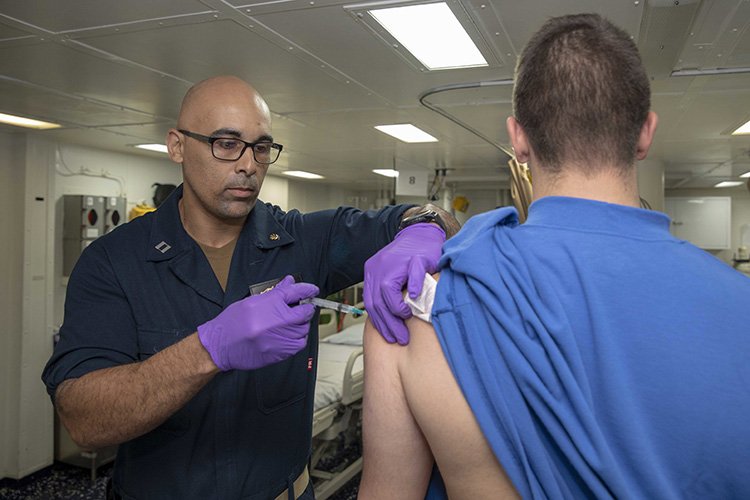When I look at the landscape of technological innovation today, few advancements have shown the versatility and transformative potential of laser technology. As someone who’s tracked this field for over fifteen years, I’m continually amazed by how lasers are reshaping multiple industries simultaneously.
The healthcare sector, particularly wound care, represents one of the most promising applications. Low Power Laser Therapy (LPLT) has emerged as a game-changer in treating chronic wounds—a condition affecting between 0.18% and 1.3% of the global population. What makes this technology particularly valuable is its accessibility and effectiveness in primary care settings.
“We’re seeing a paradigm shift in wound management,” explains Dr. Elena Kowalski, biomedical engineering researcher at MIT. “LPLT provides targeted healing stimulation at the cellular level, reducing inflammation and accelerating tissue regeneration without the side effects of many pharmaceutical interventions.”
Laser Innovation in Primary Healthcare
The implementation of laser therapy in primary care represents a significant advancement in making sophisticated treatment accessible to more patients. A notable case study comes from Santos municipality in Brazil, where a nurse-led initiative successfully integrated LPLT across the entire primary care network.
Starting with a single nurse in a small hospital setting, the program expanded to qualify 115 nurses to perform laser therapy techniques across all public health units. This grassroots approach demonstrates how technological innovation can be effectively scaled when supported by proper training and institutional commitment.
The success factors identified in this implementation included:
- Political articulation between different stakeholders
- Dialogue across various levels of care providers and managers
- Strategic acquisition of laser equipment
- Comprehensive training programs for healthcare professionals
This integration represents exactly what the 2018 research priority agenda from Brazil’s Department of Science and Technology aimed to achieve: bringing technological innovation directly into primary care settings where it can benefit the most people.

Manufacturing Revolution Through Precision Lasers
Beyond healthcare, laser technology continues to transform manufacturing processes across multiple industries. The global laser cutting machine market is experiencing substantial growth, driven by demands for precision, speed, and versatility in fabrication.
“Laser cutting has moved beyond simple 2D applications to sophisticated 3D processing capabilities,” notes Marcus Chen, engineering director at Formnext, a leading hub for additive manufacturing. “The precision we can achieve today would have been unimaginable just a decade ago, allowing for micron-level accuracy in everything from medical implants to aerospace components.”
The color laser engraving machine market specifically is projected to see significant expansion between 2025 and 2033, as industries increasingly rely on permanent, high-precision marking for product identification, authentication, and customization.
What makes modern laser systems particularly revolutionary is their integration with automation and AI:
- Real-time adaptive processing that adjusts parameters based on material variations
- Multi-axis systems that can process complex geometries in a single setup
- Vision-guided operations that ensure perfect alignment and quality control
- Energy-efficient designs that reduce operational costs while improving output
Automotive Sector Embraces Laser Innovation
Perhaps nowhere is the impact of laser technology more visible than in the automotive industry. With the automotive lighting market forecast to reach a staggering $58.8 billion, laser-based lighting systems represent one of the fastest-growing segments.
These advanced lighting systems offer several advantages over traditional LED and halogen options:
- Greater illumination distance (up to twice that of LED high beams)
- Reduced energy consumption
- More compact form factors allowing for innovative design freedom
- Precise beam control for adaptive lighting systems that enhance safety
“Laser headlights represent just the beginning,” explains Sophia Reyes, automotive technology analyst. “We’re seeing laser technology integrated throughout vehicle manufacturing—from precision welding of lightweight materials to direct metal laser sintering for complex components that couldn’t be produced through traditional methods.”
Laser – Scientific Research Pushing Boundaries
The advancement of laser technology depends heavily on fundamental scientific research. Optical reference cavities, like those developed by Menlo Systems, play a crucial role in creating ultra-stable laser frequencies necessary for cutting-edge applications in quantum computing, gravitational wave detection, and precise time measurement.
Dr. James Wilson, quantum optics researcher, explains: “The stability we can achieve with modern reference cavities allows us to create laser systems with frequency variations of less than one part in 10^18. This level of precision enables experiments that were simply impossible a generation ago.”
This scientific foundation continues to spawn new applications. The recent approval of ZEISS VISUMAX 800 with SMILE pro software in China represents a significant advancement in laser eye surgery, offering faster procedure times and more precise corneal modifications with minimal invasiveness.

Laser – Future Directions and Challenges
While laser technology continues its impressive trajectory, several challenges remain. Energy efficiency, miniaturization, and cost reduction represent ongoing areas of development that will determine how widely these technologies can be deployed.
Additionally, regulatory frameworks often struggle to keep pace with innovation. The experience in Santos, Brazil highlights how policy adaptation and stakeholder engagement are essential for successful technology implementation in healthcare settings.
Looking forward, we can expect several developments in the next 3-5 years:
- Further integration of laser systems with AI for autonomous operation
- Expansion of bio-stimulation applications beyond wound care to include neurological and musculoskeletal conditions
- Development of portable, lower-cost systems suitable for smaller clinics and mobile applications
- Continued refinement of wavelength-specific treatments tailored to particular conditions
The laser revolution represents a perfect example of how technology, when thoughtfully implemented, can simultaneously advance multiple sectors. From healing chronic wounds in primary care settings to manufacturing the next generation of vehicles and precision scientific instruments, lasers have become indispensable tools in our technological arsenal.
The most successful implementations, as shown by the Brazilian experience, combine technological innovation with human factors—training, collaboration, and policy adaptation. This holistic approach ensures that laser technology doesn’t just advance in research labs but makes meaningful differences in industries and healthcare systems worldwide.



